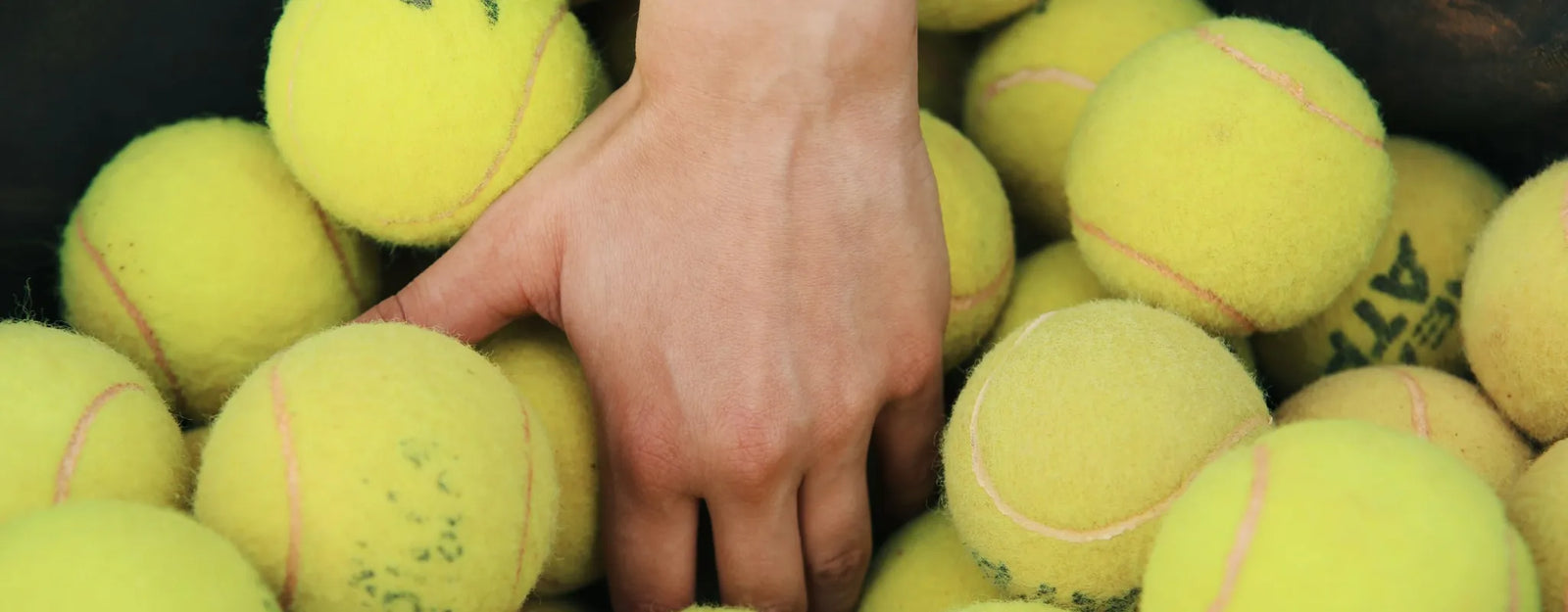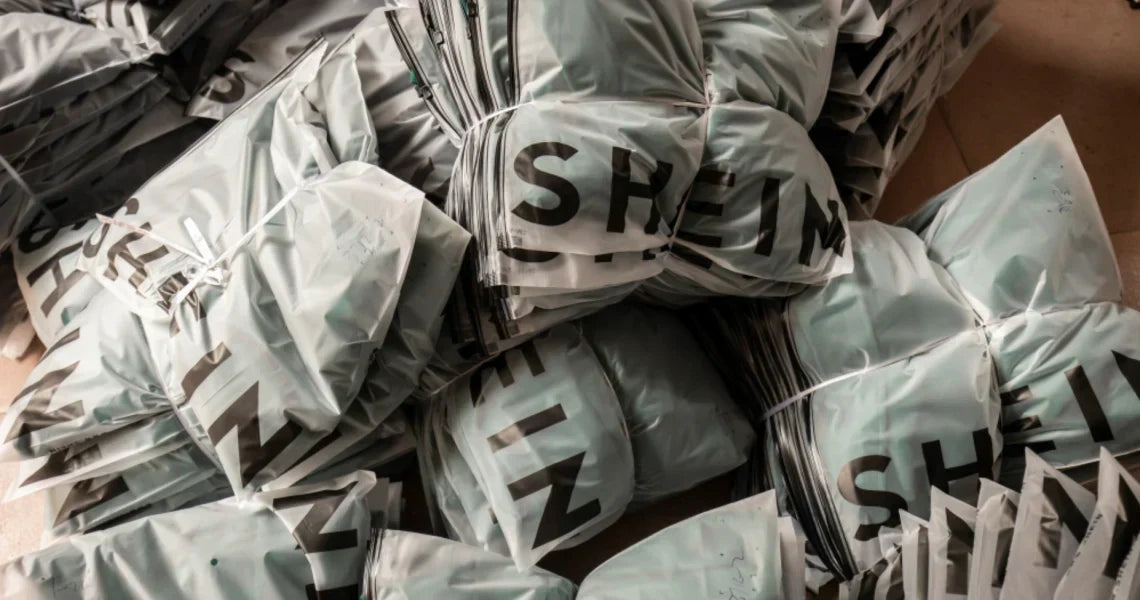Are Kids’ Sports Balls Toxic? A Parent’s Guide to Safer Play
My wake-up call: when a “safe” cricket ball wasn’t safe at all
My son recently started playing cricket. Like most parents, I trusted his school and local cricket club when they recommended a soft "windball" for practice. It’s the same ball they used during beginner sessions, so I assumed it was child-safe.
But when we opened the packaging, the smell was overwhelming: strong, synthetic, and chemical-laced. Despite the label claiming it was made with "premium quality rubber," my gut told me something wasn’t right. And I was right to question it.
After practice, my son’s hands still smelled of the same chemicals for hours, even after washing. That’s when I realised the problem wasn't just bad design or low quality. This was toxic off-gassing from potentially harmful materials. When kids are sweaty, with open pores, these chemicals can be absorbed directly through the skin. A health risk we simply don’t talk about enough.
What toxins are hiding in kids’ sports balls?
Most affordable or unbranded sports balls, especially those made en masse for beginner use or schools, contain materials like PVC (polyvinyl chloride) and synthetic rubber. These materials are cheap and durable, but often require chemical additives to stay flexible and colourful. The biggest culprits?
🧪 Common Toxic Coatings and Materials in Sports Balls
1. PVC (Polyvinyl Chloride)
-
Where it’s used: Outer layer of many low-cost basketballs, footballs, playground balls, and “windballs” for cricket.
-
Why it's toxic:
-
Requires phthalates (plasticisers) for flexibility
-
Can contain lead, cadmium, and dioxins
-
Linked to endocrine disruption, cancer, and developmental harm
-
Clue: Glossy or stiff vinyl-like surface with a strong plastic odour
2. Synthetic Leather (PU-coated PVC or Vinyl)
-
Where it’s used: Often marketed as “vegan leather” but may be a PU-coated PVC blend.
-
Why it's toxic:
-
PU itself can be safe, but when combined with PVC or made with low-quality plasticisers, it can release VOCs (volatile organic compounds) like toluene or formaldehyde
-
Non-certified PU may contain residual isocyanates (skin/respiratory irritants)
3. Nitrosamines in Synthetic Rubber
-
Where it’s used: Found in some rubber or foam balls, particularly in unregulated imports.
-
Why it's toxic:
-
Nitrosamines are known carcinogens
-
Commonly used in rubber vulcanisation without strict control
-
Clue: Often a strong “rubber tyre” smell
4. Aromatic Solvent-Based Inks and Paints
-
Where it’s used: Logos, stripes, or colour coatings on balls.
-
Why it's toxic:
-
May contain benzene, toluene, or xylene
-
Can off-gas VOCs that irritate lungs or cause neurological effects
-
Clue: Chemical smell when scratched or scuffed
5. Plasticisers (Phthalates, BPA, DEHP, DINP, DBP)
-
Where it’s used: Added to PVC or soft plastics to make them bendy and soft
-
Why they're toxic:
-
Strongly linked to hormone disruption, especially in children
-
Commonly absorbed through skin contact when playing or sweating
-
Clue: Smell of “new plastic,” lingering on hands or toys
6. Lead- and Cadmium-Based Pigments or Stabilizers
-
Where it’s used: Colour dyes, surface coatings, and stabilisers in plastic and vinyl
-
Why it's toxic:
-
Lead is a known neurotoxin, especially harmful to young children
-
Cadmium accumulates in the kidneys and liver over time
7. Styrene and Butadiene
-
Where it’s used: Found in styrene-butadiene rubber (SBR) used in some playground balls and “crumb rubber” infill
-
Why it's toxic:
-
Styrene is a potential carcinogen and irritant
-
Found in off-gassing of synthetic rubbers, especially when hot
Why are children more at risk?
Children are not just smaller adults. Their bodies are still developing, and they’re more likely to absorb and retain harmful substances.
According to a 2016 EPA report, children absorb chemicals through their skin up to 6 times more efficiently than adults, especially when sweating or playing in the sun. Combine that with hand-to-mouth behaviour and thinner skin barriers, and the risks multiply.
Dermal absorption of VOCs and phthalates is highest when skin is warm or damp exactly the conditions during outdoor play or sports.
Which sports balls are most affected?
Not all sports balls are made equal. Here's a breakdown of what to avoid and what to buy instead, sport by sport:
🏏 Cricket
Are windballs and soft cricket balls safe?
Windballs are a popular choice for beginners, but many are made with synthetic rubber and PVC. A chemical smell is often your first warning sign.
What to avoid:
-
Balls with a strong odour
-
Unlabelled synthetic rubber or “eco rubber” (often misleading)
-
No certifications (e.g. CE, EN-71)
Better alternatives:
-
Soft rubber or tennis-style training balls made from non-toxic rubber composites
-
Brands like Nivia and Mozi offer soft cricket balls without heavy off-gassing
-
Look for labels like EN-71 or CPSIA certified for toy safety compliance
🏀 Basketball
Why are cheap basketballs a red flag?
Most budget basketballs—especially those with glossy finishes—are coated in PVC. These often emit VOCs and contain phthalates unless stated otherwise.
What to avoid:
-
PVC-coated basketballs (common in discount stores)
-
“Rubber” basketballs with no certifications or material breakdown
Safer choices:
-
PU (Polyurethane) balls – free from PVC, phthalates, and lead
-
TPU (Thermoplastic Polyurethane) – a safer, biodegradable option used by brands like EcoSports
-
Choose basketballs that are CE, ASTM, or phthalate-free certified
⚽ Football / Soccer
What makes footballs risky?
Traditional “synthetic leather” footballs are usually made from PVC. These degrade over time and can release microplastics and toxins when scratched or worn.
What to avoid:
-
Footballs made with PVC or vinyl
-
No safety standards or origin details
Better options:
-
PU-coated or natural rubber footballs
-
Brands that clearly state “PVC-free,” like EcoSports or Bala
-
Footballs that comply with EN-71 or Fairtrade standards
🎾 Soft Balls, Tennis Balls, and Play Balls
What about foam or rubber play balls?
These are often the most chemically odorous, especially when sold in bulk or under generic labels. Even “non-toxic” claims can be meaningless without testing.
Safe alternatives:
-
PU foam balls – soft, lightweight, phthalate-free
-
Tuff Balls – made for pets but pass human safety testing (CPSIA, EN-71)
-
Avoid EVA foam and synthetic rubbers that aren’t independently tested
What certifications actually mean something?
Look for the following safety standards when shopping for sports balls for children:
|
Certification |
What it means |
|
EN-71 (Part 3) |
European toy safety standard for heavy metals and toxicity |
|
ASTM F963 |
US toy safety standard covering flammability, coatings, and chemical limits |
|
CPSIA |
US Consumer Product Safety law regulating phthalates and lead |
|
CE Mark |
European conformity to health and safety standards |
If you don’t see any of these on the product or listing - walk away.
How to test if a ball is toxic at home
Here are a few simple red-flag checks:
-
Smell test: Does the ball have a strong chemical smell that lingers on hands? That’s a sign of VOCs.
-
Touch test: Does it leave a powdery or sticky residue?
-
Persistence: Do the odours remain even after airing it out for days?
If any of these are true, it’s best not to use it, especially with children under 12.
Top Non-Toxic Ball Recommendations by Sport
|
Sport |
Safe Product Example |
Notes |
|
Cricket |
Nivia Soft Cricket Ball, Tennis-style Soft Balls |
Light, odour-free |
|
Basketball |
EcoSports TPU Basketball (27.5” youth size) |
Vegan leather, phthalate-free |
|
Football |
PU or Natural Rubber Balls (e.g. Fairtrade footballs) |
No PVC |
|
Soft Play |
Tuff Balls, PU Foam Therapy Balls |
Certified non-toxic |
Why non-toxic balls are better long term
-
Durability: PU and TPU balls typically last longer than PVC
-
Safer indoors: No off-gassing in enclosed spaces
-
Better for the planet: Many options are biodegradable or recyclable
-
More value: Fewer replacements mean less cost over time
What can parents do right now?
-
Inspect every product before buying. Don’t trust vague words like “eco rubber”
-
Ask your child’s school or club what balls they use. Request a list of materials
-
Look for certifications like EN-71 or CPSIA
-
Wash kids' hands after practice, especially if equipment smells synthetic
-
Replace worn balls regularly, especially if cracked or shedding
-
Share this info with other parents, sports coaches and even schools. Chances are they have no idea
Final thoughts: Awareness is the first step
As parents, we make countless decisions trying to protect our kids. But even with good intentions, we can unknowingly bring toxic materials into their everyday routines.
That’s why we can’t rely on vague marketing claims or trust that “everyone uses them, so they must be safe.”
You deserve to know what your child is playing with and to choose better.
Need help sourcing certified, non-toxic sports balls in the UK? Drop me a message and I’ll happily send you a curated list with links.
And if your school or club isn’t aware of these risks? Don’t be afraid to share this post with them. They just might not realise how many hidden hazards kids are exposed to from balls to bats to boots and beyond.
Here's a quick cheatsheet for you to save.







Leave a comment (all fields required)